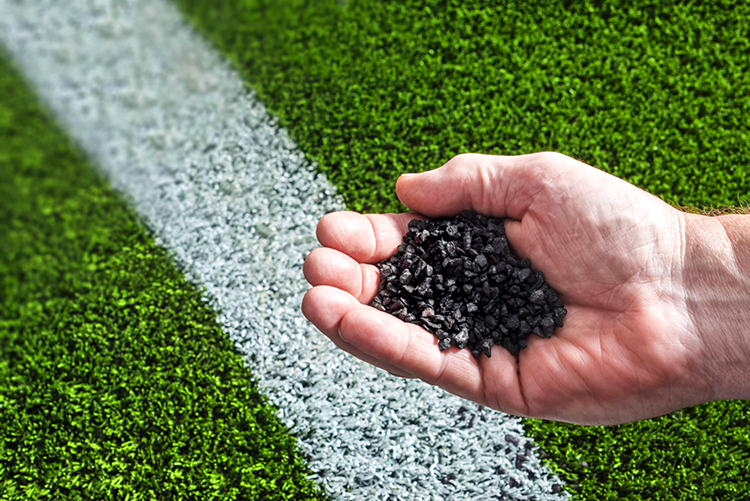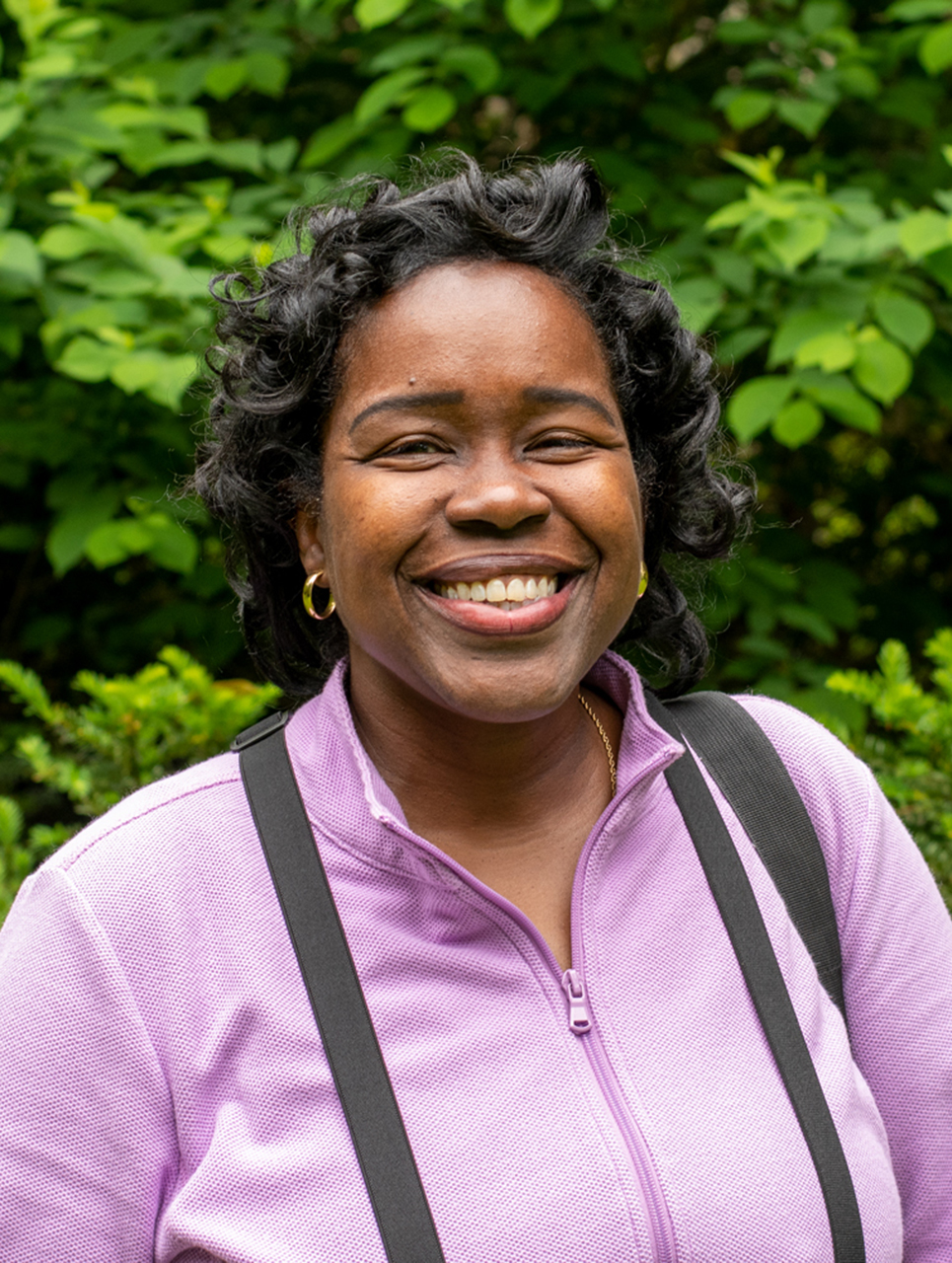Much of the opposition to the FDR Park Master Plan centers on the replacement of the open greenspace of the Meadows with the artificial green of 12 synthetic turf athletic fields. Master Plan boosters cite the “playability” of synthetic turf fields, which can host more hours of play per week than natural grass fields. Recent research into the environmental impact of synthetic turf, however, raises questions over whether the fields are worth the cost.
Synthetic turf rose to fame in the 1960s when the Houston Astros installed ChemGrass in the Astrodome. What became known as Astroturf spread to other professional sports stadiums (including Veterans Stadium) through the 1970s before teams started switching back to grass, often motivated by injuries to players. Astroturf fields consisted of a carpet of plastic grass blades over a shock absorbent pad.
In 1992, a renaissance in baseball stadium architecture began, and multi-purpose stadiums with turf were systematically replaced by stadiums with grass. More recent versions of synthetic turf are made from a carpet filled in with loose, springy material, often manufactured from recycled tires, and these “infill” style synthetic turf fields have been growing in popularity, with baseball teams such as the Arizona Diamondbacks coming back to synthetic turf recently. According to the Synthetic Turf Council, there are more than 8,000 fields in the United States.
In 2019 the Ecology Center, in collaboration with Public Employees for Environmental Responsibility (PEER), reported finding toxic per- and polyfluoroalkyl substances (PFAS), sometimes called “forever chemicals,” in synthetic turf samples as well as in wetlands next to discarded turf. These findings have added to the list of environmental concerns around synthetic turf playing fields and raise questions about Philadelphia Parks & Recreation’s increasing use of the surfaces, including at FDR Park.
PFAS, a family of more than 6,000 chemicals, have been linked to a variety of human health problems, including reduced fertility, developmental problems in children and some cancers. The chemicals are often used to make substances less sticky, as in clothing, food packaging, or the surfaces of frying pans (Teflon is the brand name of a compound in the PFAS family). According to industry literature reviewed by the Ecology Center and PEER, they are used to keep the blades of plastic grass in synthetic turf fields from sticking to manufacturing equipment.
PFAS take a long time to break down. This persistence can be useful in the nonstick surface on a cooking pan or as a stain barrier on fabrics or carpets. It also means that the chemicals can remain in the environment, and in human bodies, for decades. Their presence in firefighting foams has complicated the development of military sites such as Bucks County’s Willow Grove, where PFAS have built up in the soil and contaminated local drinking water.
“We need to assume those chemicals are present in any turf field you can find,” says Sarah Evans, assistant professor of environmental medicine and public health at the Icahn School of Medicine at Mount Sinai. The ways PFAS get from the environment into bodies are unclear in general, but children playing on contaminated fields could ingest the substances that get on their hands while playing, for example when they adjust a mouthguard. Friction burns sometimes called “turf burn” are common injuries on synthetic fields. “Chemicals on the turf can get directly absorbed through those wounds,” Evans says.
The EPA is in the process of studying PFAS and developing regulations. Pennsylvania is developing regulations for some PFAS in drinking water, but there are currently no regulatory limits to their use in synthetic turf fields, leaving it to recreational space managers such as Parks & Recreation to protect the public.
Grid reached out to Parks & Recreation to ask whether they would be testing synthetic turf fields for PFAS and what the plan was if the tests came back positive. A departmental spokesperson responded but did not directly answer the question: “Just like with the new playground surface, and other recreational facilities in the plan, the ground covering is being designed with children’s safety at the forefront. Philadelphia Parks & Recreation follows all local, state and national regulations regarding field safety and maintenance.”
PFAS exposure adds to the list of public health concerns associated with synthetic turf, which include higher injury rates, high temperatures and exposure to toxic chemicals from ground-up tires and other synthetic materials used as fill at the base of the plastic grass blades.
A review of 306 chemicals found in recycled tire fill found that 197 were potentially carcinogenic and, of those, “52 chemicals were also classified as known, presumed or suspected carcinogens” by the EPA or the European Chemicals Agency.
Fill as well as torn-off blades gradually wash away in the rain and get carried away on players’ clothing and shoes, making it a steady source of plastic pollution in the surrounding landscape.
A recent study of high school athletes found that injuries were 58% more common on synthetic turf than on natural grass. Higher injury rates have led the NFL Players Association to call on owners to switch all fields to natural surfaces.
Synthetic turf fields can also contribute to heat-related illnesses for athletes. In hot weather the plastic blades and black rubber fill absorb the sun’s energy and radiate it much like an asphalt roof or parking lot.
David Masur, executive director of PennEnvironment, whose child plays flag football, recalled attending a game on a synthetic field in Cherry Hill, New Jersey. “I was wilting, and I was just standing on the sideline, not even playing.”
Temperatures on artificial turf can be at least 30 degrees hotter than natural grass, in one Utah study hitting 200 degrees on a 98-degree day. Penn State researchers comparing alternative synthetic turf carpet and fill found that in sunny conditions with air temperatures in the 70s, all the synthetic turf samples topped 155 degrees.
“The other thing that is important to think about particularly in Philly is that these fields act as heat islands,” Evans says. “Parks and green spaces provide cooling in the summer, so if you put in a synthetic turf field, you’re losing that and you’re making a hotter neighborhood, and with climate change that’s really something you do not want to be doing.”
Synthetic turf fields last about 10 years, after which they become a disposal challenge, expensive to dump in a landfill. Currently there is only one facility in the world that recycles synthetic turf, and it is in Denmark. A Parks & Recreation spokesperson did not directly respond to Grid’s question about how the fields would be disposed of after the end of their lifespan.
Both the Fairmount Park Conservancy and Parks & Recreation responded to Grid’s questions about why the fields are planned to be synthetic by emphasizing the surface’s “playability.” Natural surface fields need time to recover after heavy use, and often can’t be used at all in wet weather, limiting their availability to about 20 hours per week. Synthetic turf allows more use per field, although the cost per hour played is about the same thanks to the lower lifetime cost (taking into account installation and maintenance costs) of natural turf.
The 12 synthetic turf fields at FDR Park will cost about $76 million to build, according to the Master Plan. “For that money you could put soccer fields all over the city,” Masur says. “How do we get the most bang for our buck as taxpayers?”
It is unclear how much of the $76 million is budgeted for landscaping and preparing the fill deposited on top of the Meadows, but in general synthetic turf fields cost several times as much to install as natural grass. A comparison of fields in the Willamette Valley in Oregon found that the average installation cost of natural grass fields in the study was $324,900, while that of the synthetic turf fields was $1,212,200.
The 12 synthetic turf fields figure into Philadelphia’s bid to host games during the 2026 FIFA World Cup, fueling suspicions that the choice of materials has more to do with the demands of special events than the needs of Philadelphians.
The Fairmount Park Commission addresses this concern on its Master Plan website, saying that any amenities developed for the World Cup will serve park users after the event. The FAQs as well as budget materials in the Master Plan, though, point to a more significant way that the synthetic turf fields will serve the interests of people from outside the city.
“The FDR Plan proposes that in order to sustain the park’s operational budget, the fields would be used by tournaments 20 weekends a year—with the full 12 fields only used on the first day of each tournament. Thereby, even during those 20 weekends a year, the public is still able to use some of the fields on Saturdays and Sundays during tournaments,” according to an FAQ on the Master Plan website. Of course 20 weekends a year takes up just over half of the weekends outside of the winter, and it is unclear how many fields would be used after the first day of a tournament.
“The funds from the fields will go back into the maintenance and upkeep of FDR Park,” according to an FAQ on the Master Plan website. The projected operating budgets in the Master Plan aim to cover all of FDR Park’s operating expenses with earned revenue, and a little under a quarter of that revenue is projected to be from rentals and permits, which includes field rentals.










Mayor Kenney, Kenyatta Johnson, and their cronies in the Fairmount Park Conservancy and Friends of FDR want to poison us, sell off our public land, and flood Eastwick.
If you want to save the Meadows, please join People’s Plan for FDR! We’re working to stop this horrible plan as the destruction looms. Here’s the website: https://www.pp4fdr.org/ Hit the ‘join the coalition’ button to get involved!
Grid, thank you for this important article.
B.S. NOTE!! FIFA will only consider stadiuns with GRASS!} :
How Indianapolis fell off World Cup radar- because they have synturf instead of grass
https://www.wishtv.com/sports/new-turf-war-opens-old-wound-how-indianapolis-fell-off-world-cup-radar/
FIFA will only consider stadiums with GRASS! So I hope they aren’t using that as an excuse to pave living ground with hot, toxin-laden plastic: carpet and granulated tires:
How Indianapolis fell off World Cup radar (because they have synturf instead of grass).
https://www.wishtv.com/sports/new-turf-war-opens-old-wound-how-indianapolis-fell-off-world-cup-radar/